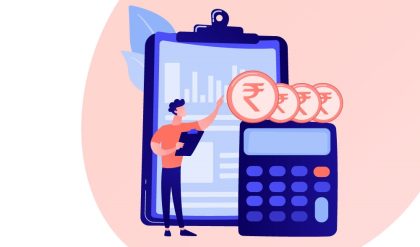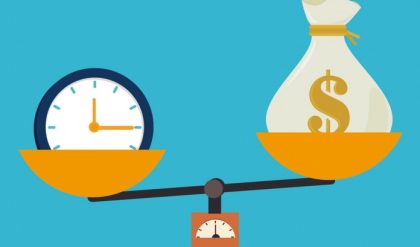Debt and Deficits
From a macroeconomic perspective, government debt can be thought of as future spending brought forth into present time. Governments incur debt when their spending desires exceed their receipts from taxes and other income sources, and that debt is ultimately repaid through a levy of taxes in excess of current spending.
Government debt can become problematic through both a crowding-out effect and through the deadweight loss of future taxation. When governments access debt markets, they effectively crowd out other would-be borrowers (like corporations) and force them to pay higher interest rates to attract willing creditors. With the higher cost of capital that results, corporations abandon or reject expansion plans that would otherwise have a positive expected economic return.
Governments have virtually no means of repaying debt other than through future taxation. While there is a multiplier effect to government spending, high levels of government debt essentially saddle future generations with the deadweight loss of higher taxation with no offsetting multiplier to the GDP from government spending (as that spending occurred years early when the debt was issued). (To learn more about the deficit, see Breaking Down The U.S. Budget Deficit.)
Tariffs are levies charged by a government on imported goods. Tariffs are not as significant to economies now as in years past; prior to the implementation of personal income taxes, tariffs were a major source of U.S. government revenue. There are principally two kinds of tariffs. Revenue tariffs are taxes levied on goods that are not produced domestically, while protective tariffs are levied on goods that are produced domestically.
As tariffs are essentially just a type of tax, there is deadweight loss here as well – consumers pay higher prices and consume less, and lose some of their consumer surplus in the process. At the same time, domestic producers increase their output.
There are definite trade-offs between government spending and taxing. Dollar for dollar, government spending has more impact than reducing taxes. This occurs because consumers almost never have a marginal propensity to consume of “1” and almost always withhold a portion of any tax cut and save it. (To learn more about tariffs, check out The Basics Of Tariffs And Trade Barriers.)





